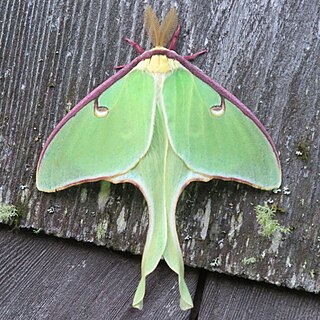
The luna moth, also called the American moon moth, is a Nearctic moth in the family Saturniidae, subfamily Saturniinae, a group commonly named the giant silk moths.

The Sciaridae are a family of flies, commonly known as dark-winged fungus gnats. Commonly found in moist environments, they are known to be a pest of mushroom farms and are commonly found in household plant pots. This is one of the least studied of the large Diptera families, probably due to the small size of these insects and the similarity among species.

Digrammia irrorata is a moth of the family Geometridae first described by Alpheus Spring Packard in 1876. It is found in the western United States and south-western Canada.
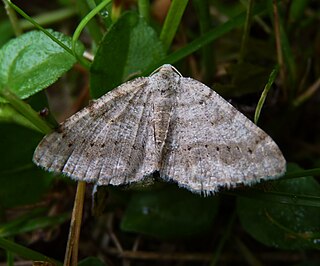
Digrammia ocellinata, the faint-spotted angle or locust looper, is a moth of the family Geometridae. The species was first described by Achille Guenée in 1857. It is found in the eastern United States, Quebec and Ontario.
Digrammia subminiata, the vermillion granite or dark-waved angle, is a moth of the family Geometridae. The species was first described by Alpheus Spring Packard in 1873. It is found in western North America from British Columbia to Manitoba, south through Colorado to Arizona and California.

Digrammia gnophosaria, the hollow-spotted angle, is a species of moth of the family Geometridae. It is found in Illinois, Louisiana, Minnesota, New Jersey, North Carolina, Oklahoma, Texas and Wisconsin.
Digrammia sexpunctata, the six-spotted digrammia, is a moth in the family Geometridae described by J. Elwyn Bates in 1886. It is found in North America.
Digrammia pallorata is a species of moth in the family Geometridae. It was described by Douglas C. Ferguson in 2008 and is found in North America, where it has been recorded from Utah, Colorado, Nevada, Texas, New Mexico, Arizona and California.
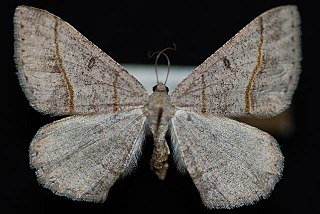
Digrammia neptaria, the dark-bordered granite, is a species of geometrid moth in the family Geometridae. It is found in Central America and North America.
Digrammia yavapai is a species of geometrid moth in the family Geometridae. It is found in North America.
Digrammia terramalata is a species of geometrid moth in the family Geometridae. It is found in North America.
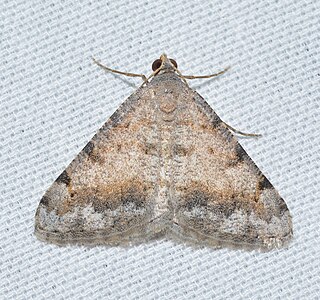
Digrammia colorata, the creosote moth, is a species of geometrid moth in the family Geometridae.
Digrammia sublacteolata is a species of geometrid moth in the family Geometridae.

Digrammia muscariata is a species of geometrid moth in the family Geometridae. It is found in North America.

Digrammia decorata, the decorated granite, is a species of geometrid moth in the family Geometridae. It is found in North America.

Digrammia denticulata is a species of geometrid moth in the family Geometridae.
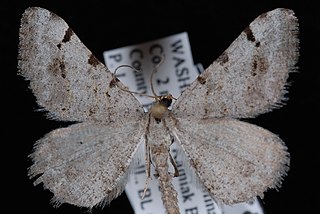
Digrammia delectata is a species of geometrid moth in the family Geometridae.
Digrammia cinereola is a species of moth in the family Geometridae first described by George Duryea Hulst in 1896. It is found in North America.

Digrammia nubiculata is a species of geometrid moth in the family Geometridae. It is found in North America.
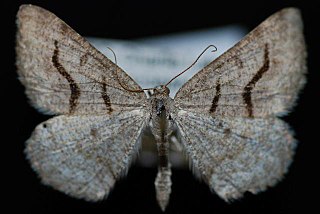
Digrammia rippertaria, the northern granite, is a species of geometrid moth in the family Geometridae. It is found in Europe and Northern Asia and North America.













